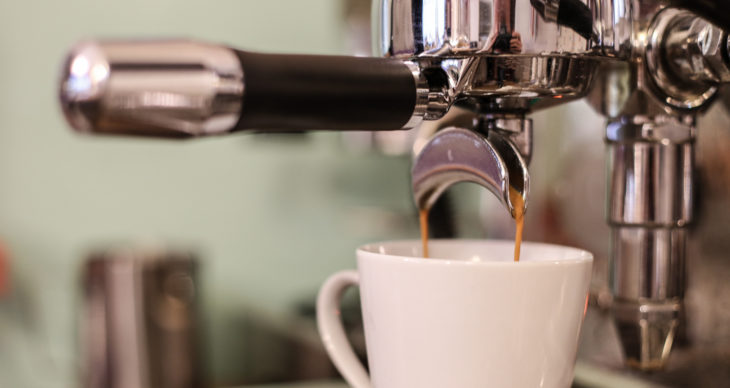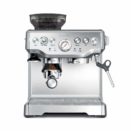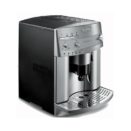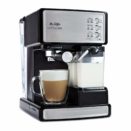The consumption of espresso has increased significantly in the past two decades. In fact, it’s no surprise that in big cities, a coffee shop or an espresso cart can be found in almost every block.
You can get a shot of espresso everywhere – these caffeinated perk-me-up shots are available in bookstores, movie theaters, malls, and even in gas stations.
Due to its popularity and demand, an espresso machine has become a normal household item for coffee aficionados. While it’s true that household espresso machines are smaller compared to the commercial ones, they still follow the same fundamentals.
So, what’s really happening when you dial in a shot? Today, we’ll find out!
Water Source
Regardless of the brand, it all goes down to the machine’s water source. The espresso machine comes with a small water reservoir. However, for some models, it directly comes from a pipe source.
Espresso machines intended for home usage are better off with a small water reservoir, but if you plan on using it for business, ensure it’s connected to a reliable plumbing source.
To get a good shot, the water must be clean with the right amount of mineral content in it. Most espresso machines sold today are equipped with built-in filters.
Boiler
As soon as the pump does its magic, it’s time for the machine’s boiler to shine. In other words, it’s about time we turn up the heat. While water source and pressure play an important role here, consistency is just as vital.
The name says it all, the boiler is responsible for heating the water for our espresso shot. Higher-end machines have a built-in dual boiler system. One is designed for brewing, while the other for the steam wand.
Group Head and Portafilter
Finally, we reach the machine’s group head. It’s the last stop before your espresso shot goes into your glass. This is where the boiling, pressurized water touches base with the compressed puck of coffee.
Although there’s more than one type of group head, they’re fundamentally the same (only in different configurations). You’ll find your portafilter in this section, it’s the machine’s filter basket that keeps ground coffee.
Depending on preference, you may want to use a bottomless portafilter. It lets you see through the basket, allowing you to dial in the machine faster.
Why All These Bells & Whistles for Coffee?
Espresso machines are incomparable to other equipment, like pod and filter. Simply because these are dedicated machinery designed for drinks that come with dissimilar concentration.
Investing in a quality espresso machine enables you to produce quality coffee consistently without exerting much effort.
High-end espresso machines produce consistent results, regardless it’s coming from an experienced barista or a novice enthusiast.
However, this doesn’t change the fact that while you can make good quality espresso shot with a quality machine, you can’t make a great one without quality coffee.





